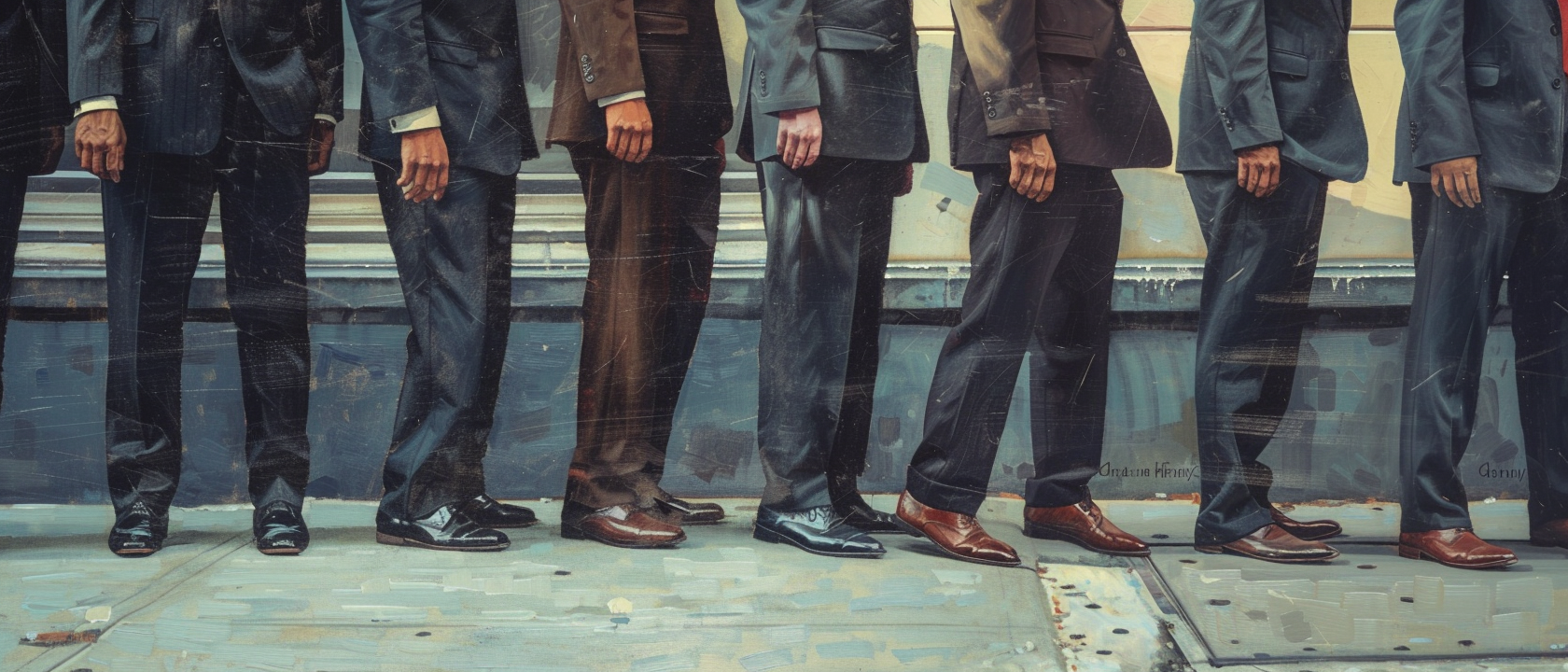

Up to 7 million Americans may be unaccounted for in official unemployment figures, suggesting a much higher rate than reported.
Amidst the ongoing debate over the health of the U.S. labor market, recent analysis provides a stark contrast to the buoyant job statistics often touted by the current administration. Despite claims of a robust employment landscape under President Joe Biden's economic policies — commonly referred to as "Bidenomics" — Americans across the nation report a different, more challenging reality in securing work.
E.J. Antoni, a noted economist, has delved into the labor data, presenting a compelling argument that the actual unemployment rate may be significantly higher than the official figure of 3.9%. If Antoni's analysis holds true, unemployment could be hovering between 6.5% and nearly 8%, levels reminiscent of past recessions, including the 1991 downturn and the early stages of the 2008 financial crisis.
If you account for the millions of Americans missing from the labor market today, the unemployment rate jumps from 3.9% to somewhere btwn 6.5% and 7.7%, depending on your preferred methodology: pic.twitter.com/Actn6WXIag
— E.J. Antoni, Ph.D. (@RealEJAntoni) May 3, 2024
The discrepancy arises from the method by which unemployment rates are calculated. The official metric does not account for individuals who have ceased actively seeking employment, effectively rendering them invisible in the statistical landscape. This includes those who may have withdrawn from the workforce during the pandemic, whether due to fear, satisfaction with government stimulus, early retirement, or other circumstances.
An estimated 25 million Americans were affected during the lockdowns, with 17 million forced into unemployment and an additional 8 million voluntarily leaving the workforce. As the economy has reopened, millions have yet to re-enter the job market, creating a significant gap in the labor force that is not reflected in official figures. By Antoni's calculations, this gap could encompass between 4.7 million and 7 million Americans who are jobless but not counted.
The establishment survey shows payrolls rising at about the pre-pandemic pace, but it's never made up the lost ground, leaving a gap of 4.7 million: pic.twitter.com/0MaRqHhxJe
— E.J. Antoni, Ph.D. (@RealEJAntoni) May 3, 2024
The government's fiscal response, which included nearly $2 trillion in deficit spending per year, appears to have done little to bridge this gap. Consequently, the purported "Bidenomics miracle" may be more accurately characterized as a recession-level job market.
Real wages provide another metric for evaluating the labor market, independent of government-reported statistics. Antoni points out that after adjusting for inflation, real wages have declined by nearly 2% per year, compelling many Americans to take on additional part-time work — a sign of a struggling jobs economy. This increase in part-time employment is ironically contributing to the reported growth in jobs, further obscuring the true economic picture.
Even with the bump in full-time work in Apr, the economy has still lost full-time jobs over the last 12 months; all of the net job gains have been part-time work: pic.twitter.com/nhBq6ON8Nf
— E.J. Antoni, Ph.D. (@RealEJAntoni) May 3, 2024
Despite the administration's optimistic job reports, public opinion polls suggest that the American people remain skeptical. With persistent challenges in the labor market and the looming specter of inflation, the narrative of a thriving economy under Bidenomics is increasingly questioned.